Africa Wild Tree & Shrub Book - Order Sapindales
Posted: Mon Jan 20, 2014 4:37 am
Index to Trees & Shrubs in the Order Sapindales
Family: Anacardiaceae (Rhus, Mango, Pepper tree, Pistachio, Cashew Family)
362. Lannea discolor Life-long https://africawild-forum.com/viewtopic. ... 12#p261612
363. Lannea schweinfurthii stuhlmannii False Marula https://africawild-forum.com/viewtopic. ... 93#p230593
371. Ozoroa engleri Drooping Resin Tree https://africawild-forum.com/viewtopic. ... 95#p507295
360. Sclerocarya birrea Marula https://africawild-forum.com/viewtopic. ... 20#p253920
385.2 Searsia laevigata, Rhus laevigata Dune Currant https://africawild-forum.com/viewtopic. ... 20#p262120
386. Searsia lancea, Rhus lancea Karee https://africawild-forum.com/viewtopic. ... 79#p254879
Family: Balanitaceae (Torchwood Family)
251. Balanites maughamii Greenthorn Torchwood https://africawild-forum.com/viewtopic. ... 55#p230255
Family: Burseraceae (Frankincense and Myrrh Family)
279. Commiphora viminea Zebra-bark Corkwood https://africawild-forum.com/viewtopic. ... 95#p171707
Family: Meliaceae (Mahogany Family)
298. Ekebergia capensis Cape Ash, Dogplum https://africawild-forum.com/viewtopic. ... 09#p171709
295. Nymania capensis Chinese Lantern https://africawild-forum.com/viewtopic. ... 13#p171713
301. Trichilia emetica Natal Mahogany https://africawild-forum.com/viewtopic. ... 17#p171717
296.1. Turraea oblancifolia Lesser Honeysuckle Tree, Small Honeysuckle Tree https://africawild-forum.com/viewtopic. ... 88#p175188
Family: Sapindaceae (Litchi or Soap-berry Family)
433. Pappea capensis Jacket Plum https://africawild-forum.com/viewtopic. ... 14#p261014
Family: Anacardiaceae (Rhus, Mango, Pepper tree, Pistachio, Cashew Family)
362. Lannea discolor Life-long https://africawild-forum.com/viewtopic. ... 12#p261612
363. Lannea schweinfurthii stuhlmannii False Marula https://africawild-forum.com/viewtopic. ... 93#p230593
371. Ozoroa engleri Drooping Resin Tree https://africawild-forum.com/viewtopic. ... 95#p507295
360. Sclerocarya birrea Marula https://africawild-forum.com/viewtopic. ... 20#p253920
385.2 Searsia laevigata, Rhus laevigata Dune Currant https://africawild-forum.com/viewtopic. ... 20#p262120
386. Searsia lancea, Rhus lancea Karee https://africawild-forum.com/viewtopic. ... 79#p254879
Family: Balanitaceae (Torchwood Family)
251. Balanites maughamii Greenthorn Torchwood https://africawild-forum.com/viewtopic. ... 55#p230255
Family: Burseraceae (Frankincense and Myrrh Family)
279. Commiphora viminea Zebra-bark Corkwood https://africawild-forum.com/viewtopic. ... 95#p171707
Family: Meliaceae (Mahogany Family)
298. Ekebergia capensis Cape Ash, Dogplum https://africawild-forum.com/viewtopic. ... 09#p171709
295. Nymania capensis Chinese Lantern https://africawild-forum.com/viewtopic. ... 13#p171713
301. Trichilia emetica Natal Mahogany https://africawild-forum.com/viewtopic. ... 17#p171717
296.1. Turraea oblancifolia Lesser Honeysuckle Tree, Small Honeysuckle Tree https://africawild-forum.com/viewtopic. ... 88#p175188
Family: Sapindaceae (Litchi or Soap-berry Family)
433. Pappea capensis Jacket Plum https://africawild-forum.com/viewtopic. ... 14#p261014

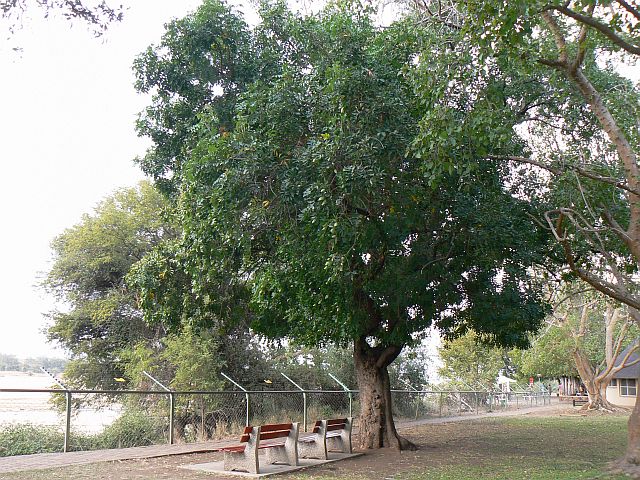
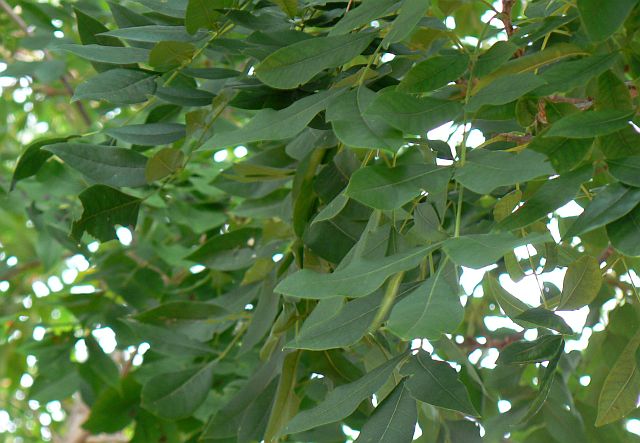
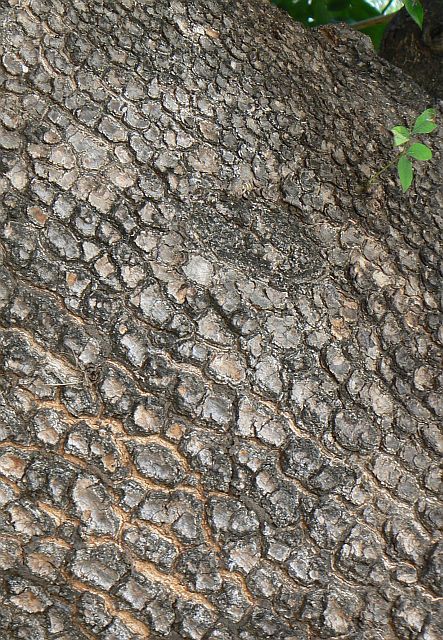

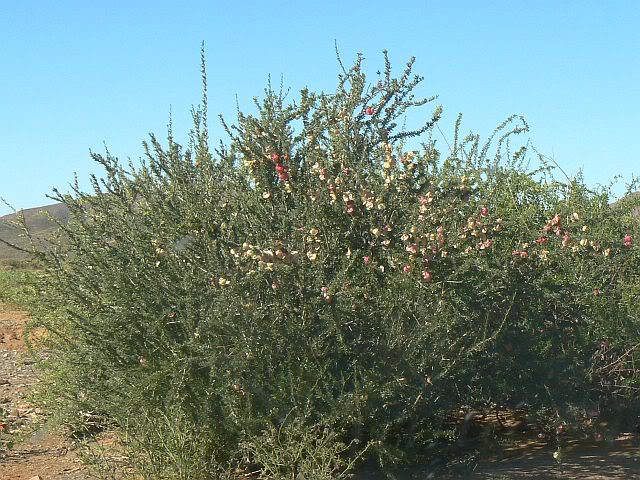
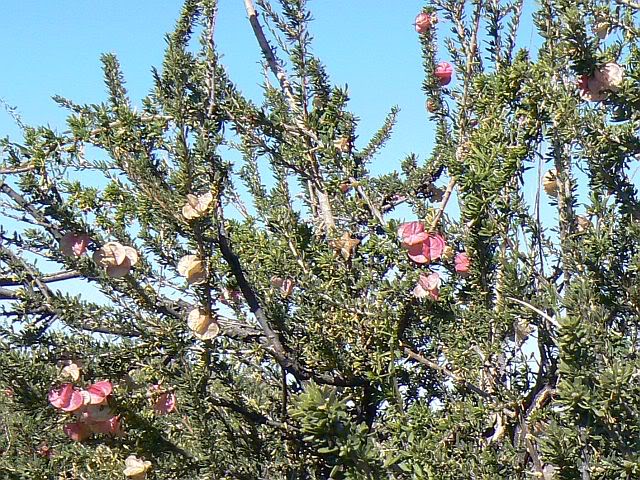
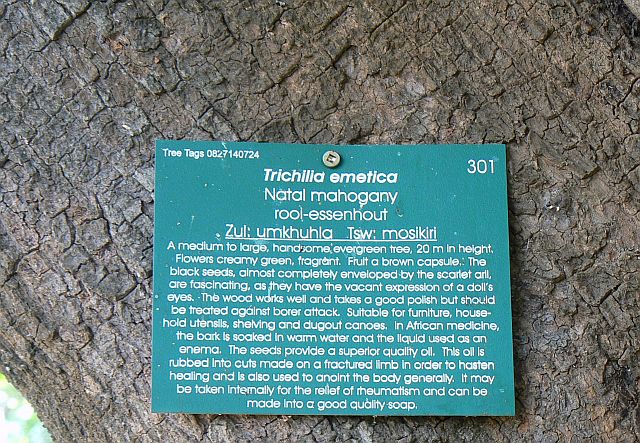
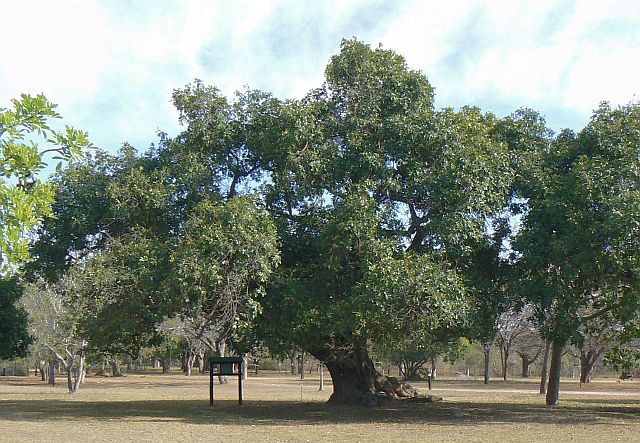
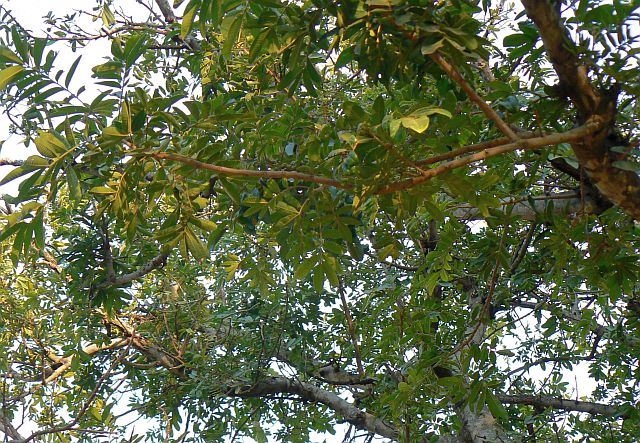
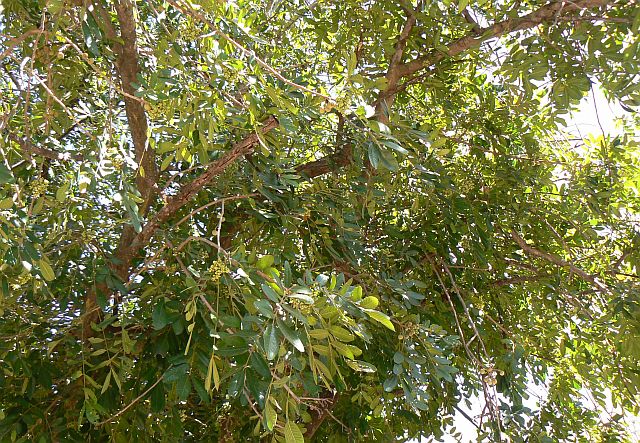
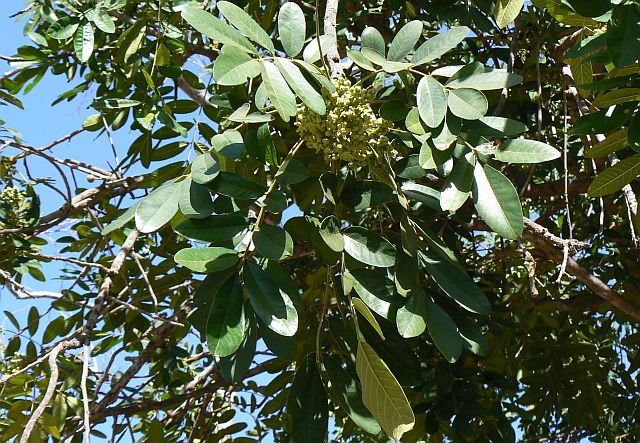
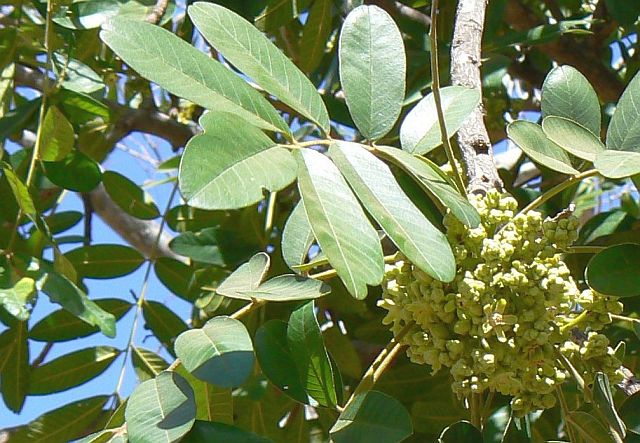
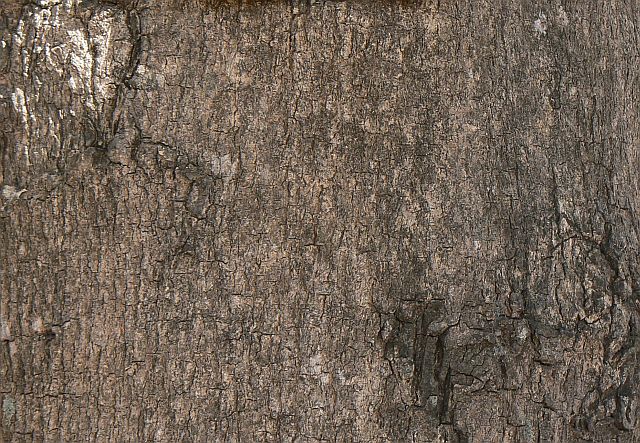
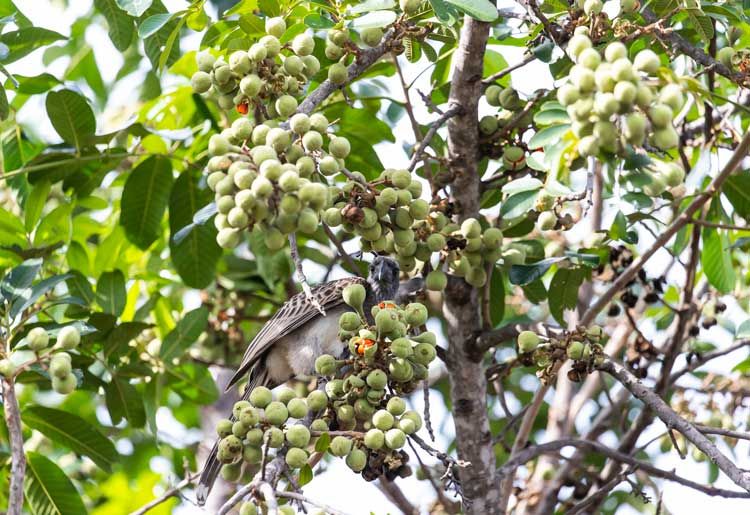 © Pumbaa
© Pumbaa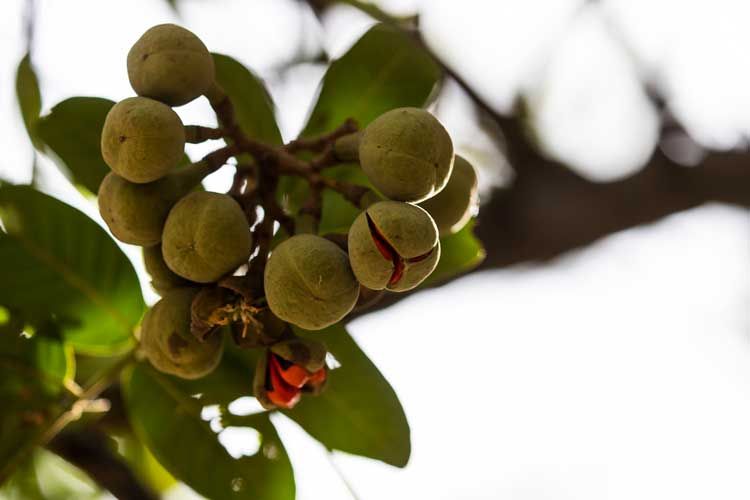 © Pumbaa
© Pumbaa
 © mposthumus
© mposthumus © mposthumus
© mposthumus

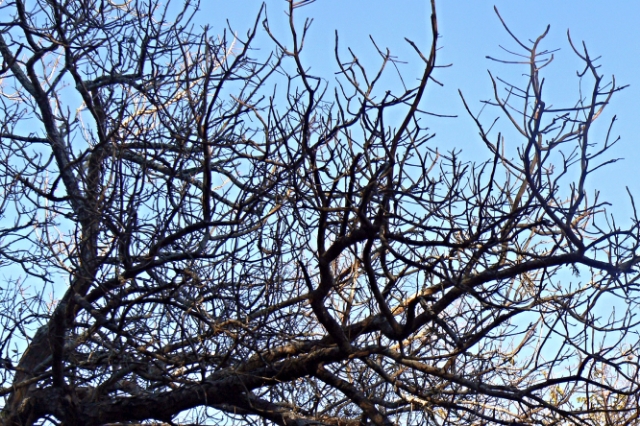
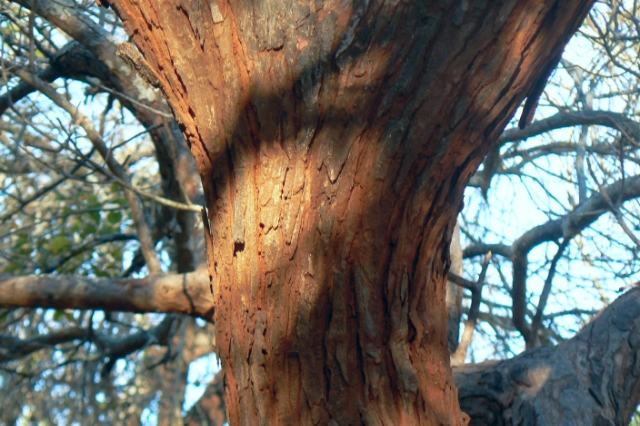
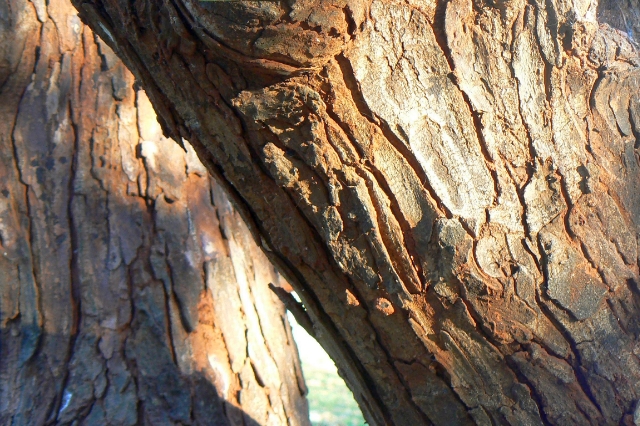
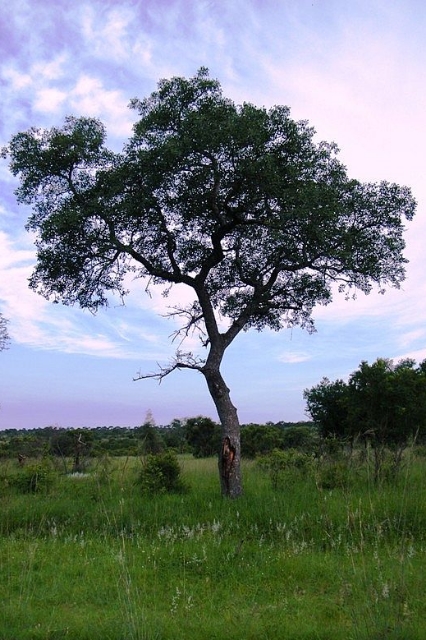 © Richprins
© Richprins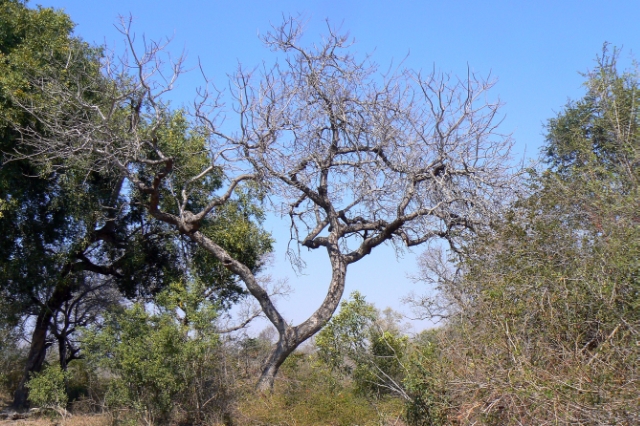 © Toko
© Toko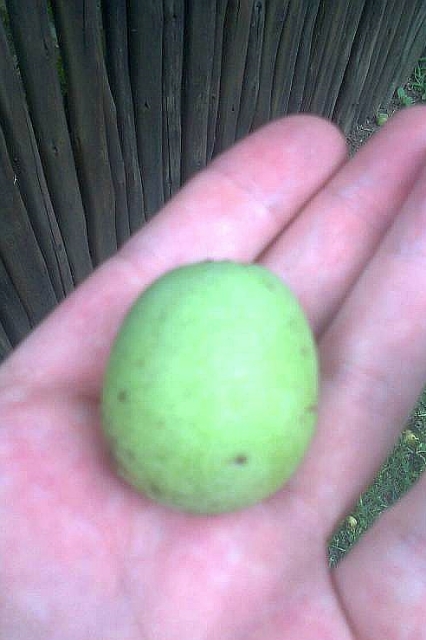 © Richprins
© Richprins © Richprins
© Richprins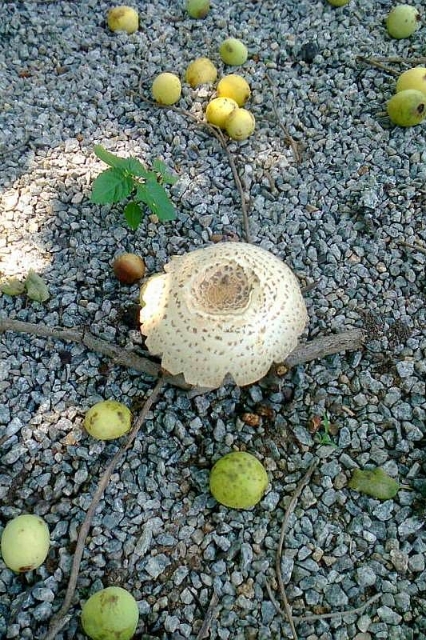 © Richprins
© Richprins © Toko
© Toko  © Toko
© Toko © Toko
© Toko